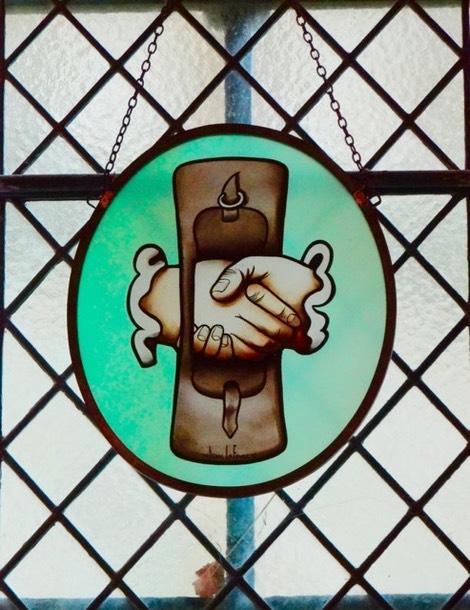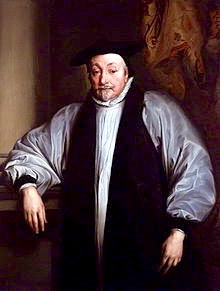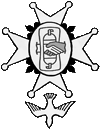THE STRANGERS, AS WALLOONS and Huguenots were called, were forced by the city and their own church, to maintain a separate existence and many in the first wave retained contacts with their homeland. It is extremely debatable whether all those who came actually intended to stay or merely came temporarily to escape war.Many of the church members travelled back and forth to the Netherlands and to France in pursuit of trade and maintained a commercial network. Generally speaking numbers remained at about 2,000, filling the crypt of the cathedral where they worshipped by gift of the Crown. By 1600 numbers had begun to drop.

The Edict of Nantes of 1598 had relaxed matters particularly in France by granting a measure of religious tolerance. From 1617-1640 the Canterbury congregation flourished under the ministry of Jean Bulteel as a separate entity in the city, in touch with other refugee congregations in Sandwich and Maidstone in particular, and others throughout the south of England. Charles I was at first quite prepared to renew the charter of Edward VI and to allow the refugees to continue to live their separate existence, but his French wife, Henrietta Maria, a Roman Catholic, and his archbishop William Laud had other ideas.
Many, including Jean Bulteel believed that with the Queen’s support, Archbishop Laud intended to reintroduce the Roman faith.

Laud’s dislike of the refugee congregations is well documented. He told the King that they were great nurseries of nonconformity, had no use for bishops, and harboured many spies and informers, and that their insistence that the pulpit was of greater importance than the communion and particularly their wearing of hats in church offended the native English to no good purpose. For these reasons he proposed the complete integration of the refugees of the third generation into the English parishes, and the use of the Anglican liturgy (albeit translated into French) in their congregations. Laud’s attack on the foreign churches caused consternation among them and the English towns where they resided. Canterbury complained that it would be poorer for having to support poor refugees as well, whereat the archbishop remarked that the refugees were to be responsible for their own poor as well as paying the English parish poor rate and church assessments.
The archbishop's objectives had in fact quite the opposite effect to his intention; they acted as an impetus and encouraged the strangers in Canterbury to retain their independence for a much longer period than might otherwise have been the case. Although they obeyed the archbishop’s injunction to attend their separate parishes, they also continued to attend services in the crypt, to use their own liturgy, and maintain their ministers and congregation.
The advent of Louis XIV changed matters dramatically in France. From 1661 persecution of Protestants there became general and systematic. The mission of the dragonnades was just this: convert to Catholicism or be killed. Then in 1685 the Edict of Nantes was revoked and during 1661-1698 huge numbers of French Protestants, known as Huguenots, fled to England.
The Canterbury church benefited from the new influx, but there are major differences between the two waves of refugees. The first wave was mainly worsted weavers, the second some of the finest silk weavers this country has ever known. Those who came after the Revocation saw no prospect of any return to France. And because they were a separate group they often quarrelled among themselves to their own detriment. Such quarrels, some over religious scruples, but mainly over trade, forced a general exodus of the Stranger silk weavers to Spitalfields in London in the 18th century. But by this time many had broken from the group and intermarried with Canterbury people. Their descendants are still with us.
© Anne M Oakley 1992
